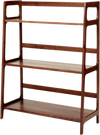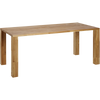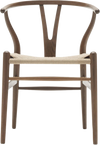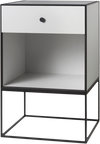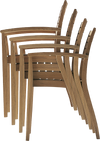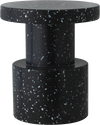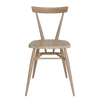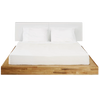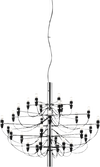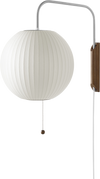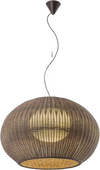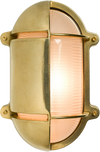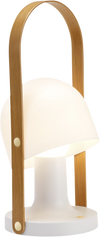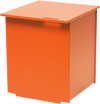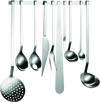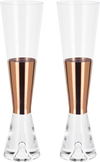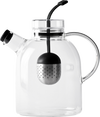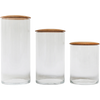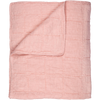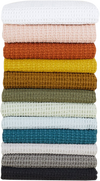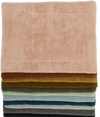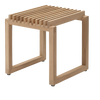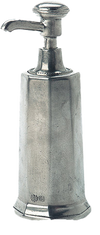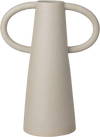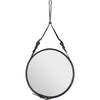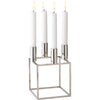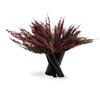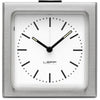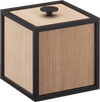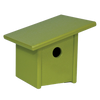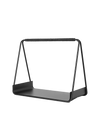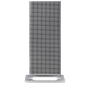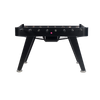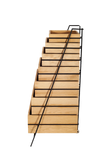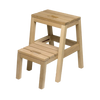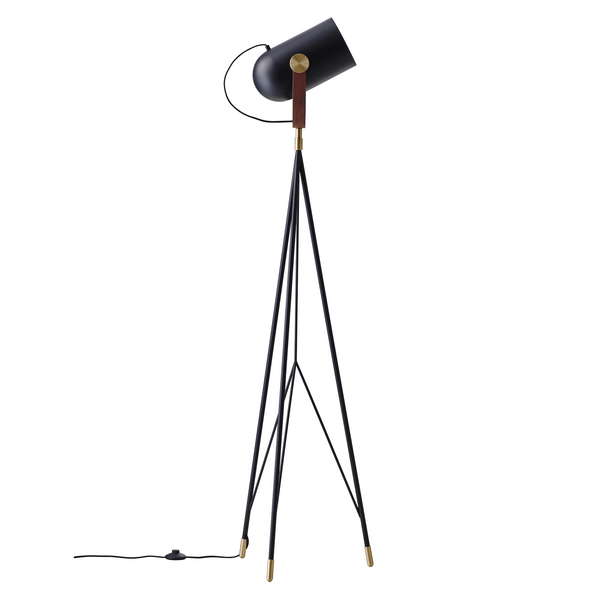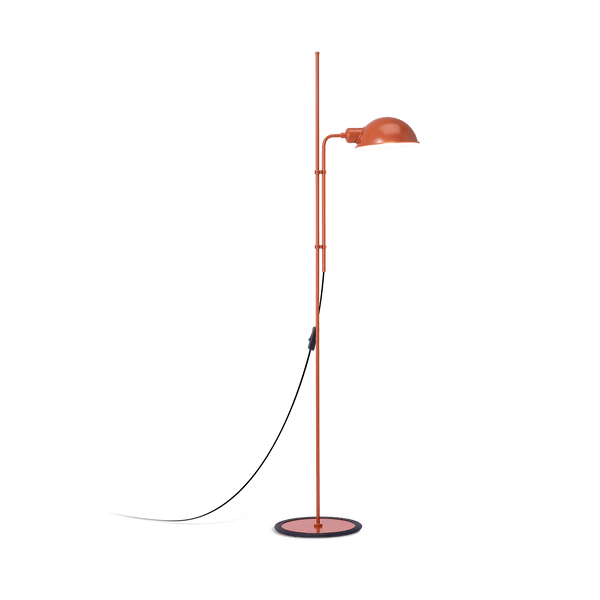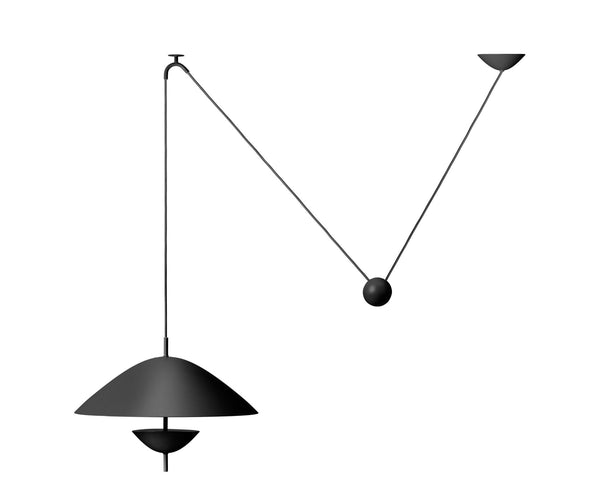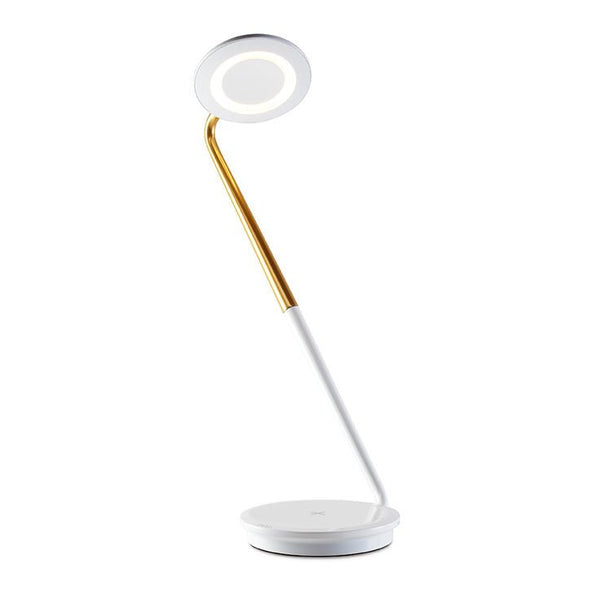Home Lighting Basics: What Is Kelvin Color Temperature?
The fun and joy of choosing lights for your house can bury you deep in the wonderful world of bulb shapes, brightness, styles, materials, and the number of lights you get to curate. But it’s important to remember color temperature is just as vital to creating the environment you love. Measured in Kelvin (K), color temperature determines the tone of light a bulb emits, which can dramatically impact the mood and functionality of your space. Whether you're lighting a cozy bedroom, a bustling kitchen, or a modern workspace, understanding Kelvin can help you optimize the atmosphere and feeling of any room in the house.
Home Lighting Basics: What Is Kelvin?
Kelvin is the unit used to measure the color of light emitted by a bulb. While wattage measures energy use, Kelvin is all about how warm or cool the light appears. You can often sense the difference between warm and cool lights by thinking of it as a more yellow versus white/blue glow. The typical office building has cooler lights, while your hotel room side table lamps are warmer.
- Lower Kelvin numbers (2000K–3000K) = Warm, yellow light
- Mid-range Kelvin (3500K–4500K) = Neutral white light
- Higher Kelvin (5000K–6500K) = Cool, bluish daylight
A Quick Kelvin Color Temperature Guide
|
Kelvin Rating |
Light Quality |
Ideal For |
|
|
2000K–2700K |
Extra Warm / Soft White |
Bedrooms, Living Rooms |
|
|
2700K–3000K |
Warm White |
Dining Areas, Reading Nooks |
|
|
3500K–4000K |
Cool White |
Kitchens, Bathrooms, Offices |
|
|
5000K–6500K |
Daylight / Blue White |
Garages, Utility Rooms, Workspaces |
|
How to Choose the Right Light
It makes sense that the right light temperature depends on the purpose of the space and how you want it to feel. You probably don’t want your living room and kitchen to have the same vibe, and the spaces don’t serve the same purpose. So consider the below as your small guide to how to choose the right Kelvin.
- For a warm, cozy vibe (like a living room or bedroom), stick to 2700K or lower.
- For functional, focused light in kitchens or bathrooms, 3000K to 4000K is a crisp balance of warm and cool without the sterile feeling.
- For task-heavy or utility spaces, 5000K+ offers bright, energizing illumination, similar to natural daylight.
Color Temperature in Modern Design
In modern, Scandinavian, and minimalist interiors, lighting is a key, functional design element. Not only is light a huge part of the Scandinavian culture, but their furnishings are made from beautiful materials that deserve the perfect lighting to bring it all together.
· Warm light (2700K) enhances natural wood, soft textiles, and earthy tones.
· Neutral white light (3000K–3500K) creates a balanced, clean ambiance that works beautifully with whites, greys, and sleek finishes.
· Cooler temps (5000K+) work best in industrial or high-tech spaces but can feel harsh in residential interiors if overused.
Layered Lighting
Layered lighting is key to creating ambiance and character in your lighting design. However, in open floor plans or multi-use spaces, mixing color temperatures can be disorienting. It is, therefore, important to stay consistent across your layered lighting and choose the same or very close Kelvin temperatures.
Final Thoughts o Kelvin
Kelvin temperature may be an invisible detail, but it makes a visible difference. Understanding the science behind color temperature helps you choose lighting that supports how you live, work, and relax.
Fine-tune the mood of your home and explore HORNE’s curated modern lighting collection to find the perfect pendant, sconce, or table lamp to elevate your home design and create just the right glow for your space.


















